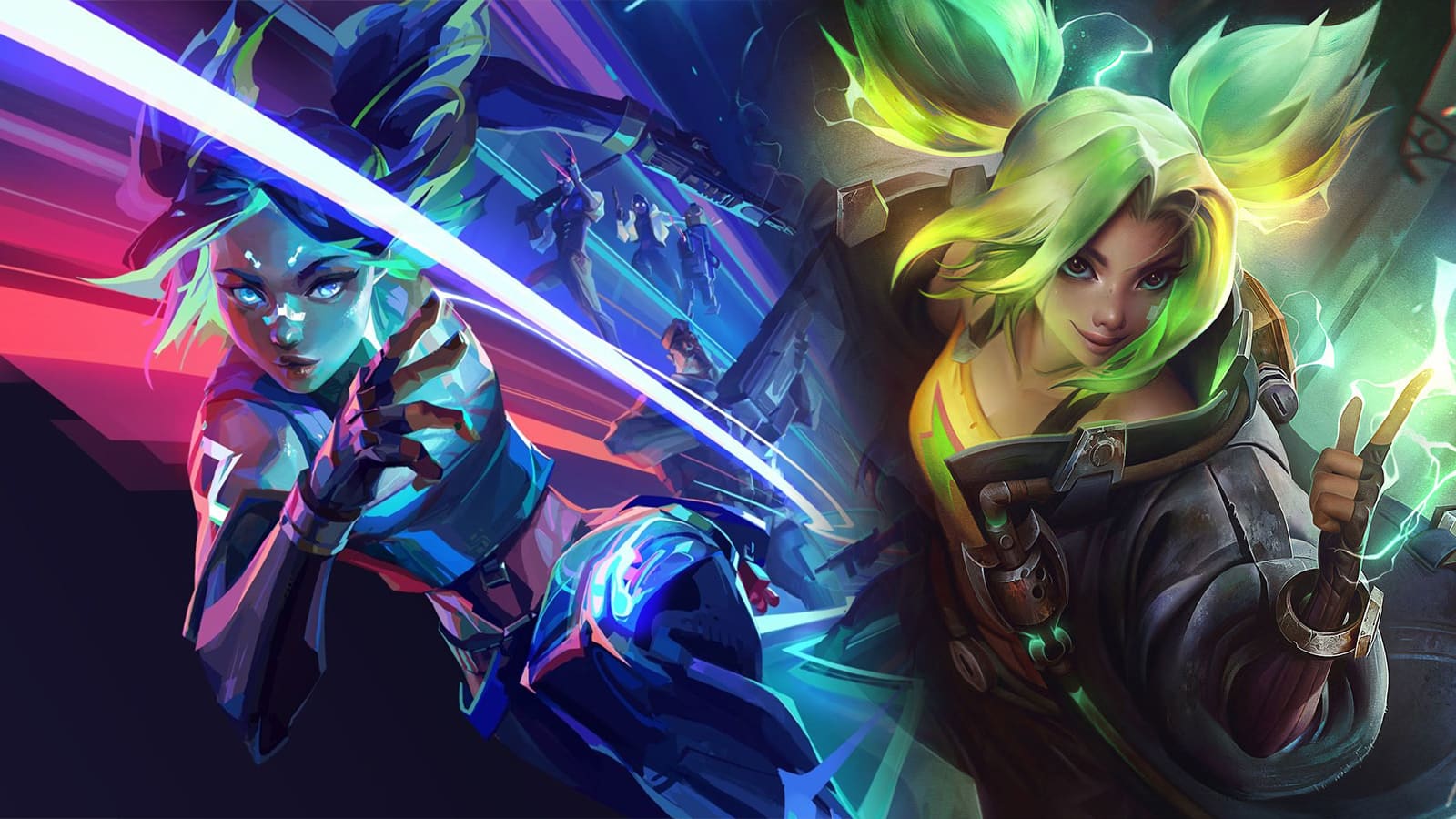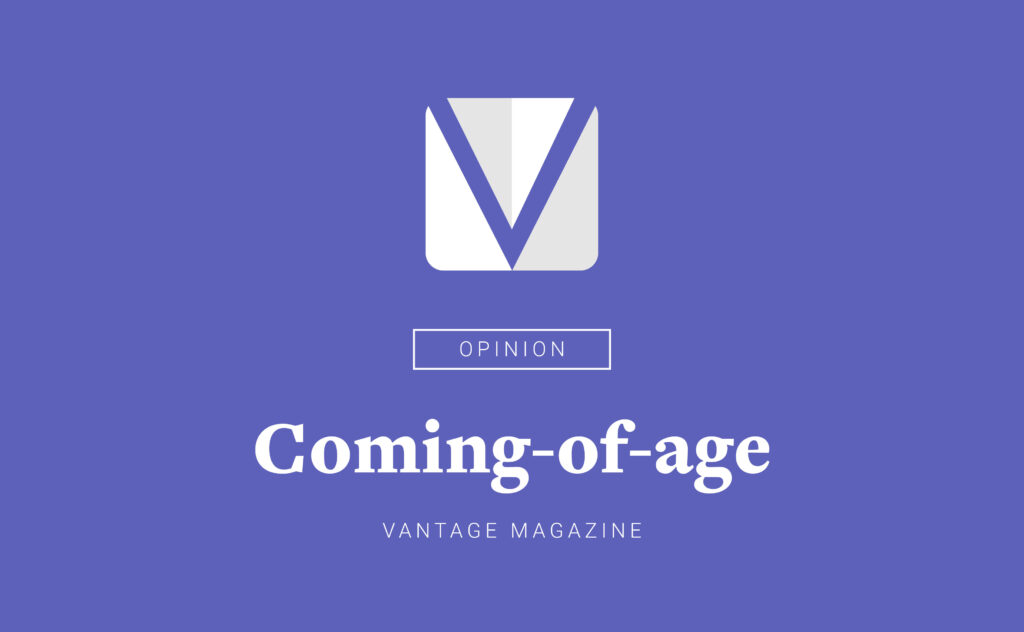RIOT GAMES characters Neon from Valorant and Zeri from League of Legends were first released last January 12 and 20, respectively. Their bioelectric powers serve as the grounding theme that define both of their “kits,” or their visual and technical designs. Besides enticing gamers with these features, they’ve also been intriguing Filipino fans, especially after their voice actress Vanille Velasquez called these characters Filipino-inspired.
Players can unpack a number of insights about how Neon and Zeri sparked the discussion on better Filipino representation in the everchanging gaming industry. Even after their release, Velasquez herself offers opinions that are equal parts heartwarming and thought-provoking.
Zeri and Neon
For those unfamiliar with the two, Neon is Valorant’s newest “Agent” or player character that happens to be one of the game’s Radiants—people granted special powers due to an in-game catalyst event known as the First Light. In her case, her body was granted the power to manipulate electricity to her advantage. Neon was then tapped to join as one of the youngest members of the VALORANT Protocol. This “electrifying” motif prompted Neon’s kit to be designed around mobility, speed, and skirmishing as a duelist. By placing her in this gameplay archetype, players are also enticed to maximize her sprinting abilities and employ a hyper-aggressive playstyle.
Meanwhile, Zeri hails from the undercity of Zaun in League of Legends. Being born with her electrokinetic abilities, she’s struggled with controlling them for much longer than Neon—until they were channeled into vigilante work against her hometown’s oligarchic Chem-Barons. Zeri differs from other champions who play her intended role as an attack damage carry (ADC) because the majority of her damage output comes from her abilities rather than her basic attacks. Players are then rewarded for constant movement and consistently hitting enemies. This was a deliberate choice intended to provide gameplay more reminiscent of a first-person shooter (FPS) than a multiplayer online battle arena (MOBA), alluding to the collaboration with FPS game Valorant.
Though these girls are quite clearly their own distinct characters, one can also look at how an aspect of their overall design closely tying them together was their being “Filipino-inspired” or “Filipino-coded.”
Defining “Filipino-coded”
Vanille Velasquez further clarifies how she coined the term in an interview. “[It’s actually] only Zeri that’s Filipino-coded,” she explains. “Zeri’s not Filipino. [She]’s from Zaun, [making] her a Zaunite—but there are aspects of her character that’s clearly inspired by Filipino culture. She has Filipino traits and features in her appearance.”
Seemingly, the term “Filipino-coded” is used in the same vein as “queer-coded,” wherein subtext and smaller traits are utilized to convey certain themes and characteristics rather than blatantly depicting them. She confirms that she looked to the term “queer-coded” as her basis for coining the term “Filipino-coded,” and she specifically cites how fellow League champions Caitlyn and Vi were prominently portrayed as queer in the critically acclaimed Netflix series Arcane.
Velasquez also weighs in on how coding can transform itself into a subtler form of representation that can be just as striking if done correctly and sensitively. “It’s what they are and also what they’re not which makes them Filipino,” she adds. “They’re not stereotypes, [and] it doesn’t strike me as tokenism. I like to explain that it’s the little details, not the more ‘in-your-face’ details.”
Neon, on the other hand, is a prominent case of actual Filipino representation in video games. “Neon herself is actually Filipino—the setting of Valorant is on a futuristic Earth, so it makes sense if we called her [such],” Velasquez mentions.
She cites certain details in Neon’s trailer as an example of Filipino representation that veers aware from stereotyping as well. “There were a lot of little references there, that if a Filipino saw, they would understand [how] that’s a Filipino reference. But other people who are not Filipino might not get it because it’s not in your face,” she adds. “I think that makes it more authentic—it’s something that we’re personally able to relate to. It’s not just Filipino for the sake of being Filipino.”
She also mentions having been given liberties to incorporate the Filipino language and accent—especially Neon’s mantra of “Kontrolado ko ‘to” (I’ve got this under control) in her trailer and Zeri’s usage of non-verbals such as “hoy” and “ay.”
Surging onwards for representation
Zeri happens to be a tasteful example of being Filipino-coded. It appears that the team behind her opted to place smaller, more subtle references to Filipino culture and pursue a “community-made hero” narrative that heavily took cues from familiar concepts such as bayanihan. Although Zaun is a fictional community, Filipinos can readily relate with how it grapples with conflict, corruption, and class struggle.
Meanwhile, several aspects of both Neon’s visual and technical design incorporate outrightly Filipino elements: The game has actively promoted her as a Filipino with art, her trailers, and even her dedicated theme song and playlist. She’s even been given the honor as Valorant’s first Agent to hail from Southeast Asia, being based in Manila.
The creation of both Neon and Zeri has evidently and actively involved Filipinos in working towards accurately representing them in the process, however subtle this may be. Combining this with the popularity of both Valorant and League of Legends not only in the Atenean community, but among massive Filipino and international player bases, representing Filipinos on the platforms Riot Games has at their disposal as a dominant gaming company is nothing short of groundbreaking.
“Representation helps make people feel more validated in their own experiences, their culture, their appearances…when you see people that look and sound like you, you feel more comfortable,” adds Velasquez. “It means the world for people to see themselves in media that they love.”
League boasts entire years’ worth of content, including a vibrant, long-standing landscape of characters to choose and play with. Zeri is one of the first steps towards further enriching the game’s lore in tandem with diversifying its playstyles and narratives. Valorant, meanwhile, has grown popular in an astoundingly small window of time since its release in 2020 for its continually praised mechanics and characters, with Neon being another addition to this roster.
Riot Games has taken the means for their games to adapt with the times and elevate Filipino representation in media with more nuance and authenticity. Ultimately, both characters’ releases make it evident that they have no intention to lose this momentum.






